The oldest shoes ever found date back are the 5,500-year-old leather Areni-1 shoe discovered in Armenia. It is the oldest known piece of leather footwear. The oldest depiction of Boots come from Spanish cave paintings dating back to 15,000 BC, showing men and women wearing fur-lined boots made of animal skin. Additionally, images on funeral jars from Persia suggest the use of boots around 7,000 BC. Both Greeks and Romans wore boots in the middle ages however it was the ankle boot which predominated. In Europe, they gained prominence in the “15th century as riding boots, initially for men,” offering “leg protection during horseback activities.” It was in the Nineteenth Century that the knee boots we know today began to get popular. In particular the Duke of Wellington modified the popular style of boots at the time to better fit his preferences. Instead of a baggy leather style that could be folded down, he desired a tightfitting leather boot that extended to the middle of the calf. Made of shiny leather and boasting a slight 1-inch heel, these boots eventually became popular among the masses.
Thigh-length boots on the other hand came about orginally as something worn by “heavy cavalry for protection” after the decline of armor.The term “bootlegging” itself originates from the practice of concealing items in these boots, highlighting their long-standing use for discreet carrying. The high heel also orginated from men is warfare. In this case it was tenth century Persians a practical riding accessory for soldiers. They provided better footing in stirrups, and allowed soldiers to stand and fire weapons more effectively. By the 16th and 17th centuries, the style had spread to Europe and was adopted by men of the aristocracy, evolving into a symbol of status and fashion.
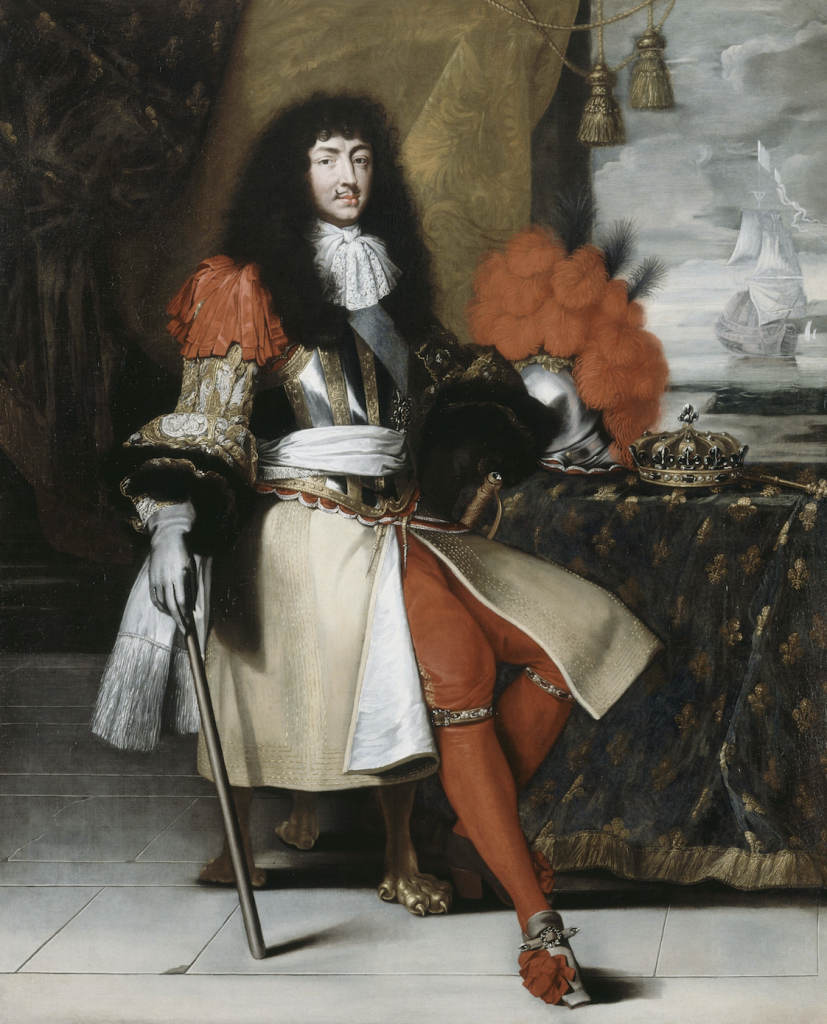
Louis XIV of France kept men’s heels in vogue. At just five-foot-four, he wore heeled court shoes to make himself appear more powerful and domineering. Portraits of the royal show his heels were dyed red; an expensive pigment to emphasise his superior social status. King Louis famously enforced a rule banning anyone without red-soled shoes from entering his court, and it is this luxury symbol that inspired modern footwear designer Christian Louboutin.
The existence of online retailers like “Fantasy Girl Shopping” and “Pleaser Shoes” dedicated to various types of boots, including those specifically “made on a mans last,” indicates a robust market catering to individuals, including cross-dressers, seeking specific footwear for identity expression or performance.
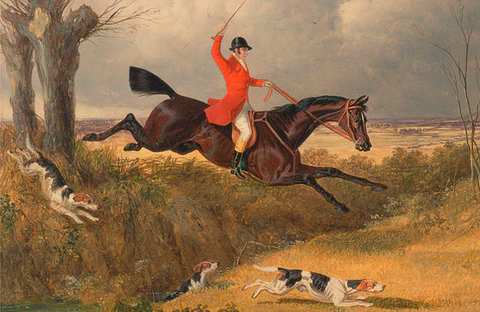
Knee boots continued to be widely worn in Britain by both men and women for comfort and protection whilst horse riding.
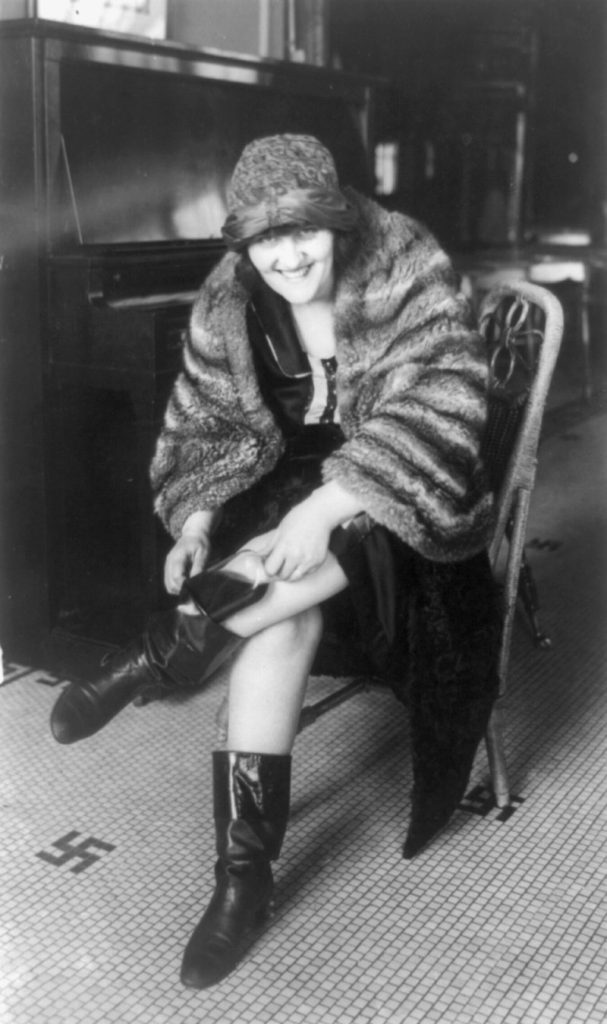
In the 19th and early 20th centuries, ankle and calf-length boots were common footwear for women. Rising hemlines made longer styles of boots popular. In 1913, Denise Poiret, the wife of celebrated French couturier Paul Poiret, caused a sensation in Paris by wearing knee-length boots made of wrinkled Morocco leather. Designed by her husband, and styled with a low heel and a square toe, she had versions in red, white, green, and yellow. These boots were often known as Russian boots.
The Swinging 60’s
In the 1960s, boots experienced a significant resurgence in popularity, moving from practical footwear to a fashion statement. This was largely driven by social and cultural shifts, including the rise of youth culture and the mod fashion movement. Go-go boots, characterized by their mid-calf height, low heel, and often white color, became iconic, reflecting the decade’s energetic and liberated spirit. Other styles, like Chelsea boots and thigh-high boots, also gained prominence, often made from innovative materials like PVC and vinyl.

Nancy Sinatra’s “These Boots Are Made for Walkin'” is presented as a seminal song that has transcended its original release to become a recurring motif in various forms of media, often signifying empowerment, attitude, or a distinct persona.The song was a major hit, reaching “No. 1 in the United States Billboard Hot 100 and in the UK Singles Chart.”
Its enduring appeal is evident in the “many cover versions of the song… in a range of styles: metal, pop, rock, punk rock, country, dance, and industrial,” including notable versions by Megadeth, Billy Ray Cyrus, and Jessica Simpson.Its widespread use in popular culture spans decades and genres:
Film: Stanley Kubrick’s Full Metal Jacket, Natural Born Killers, Austin Powers: International Man of Mystery, The Mexican, Ocean’s 8, and Disney’s Cruella.
Television: Family Guy and Funny Woman.
Unconventional Use:
The FBI played the song on loudspeakers during the 1993 Waco standoff “in an attempt to torment Koresh and his followers.”
Contemporary Relevance: Interpolated and sampled on Beyoncé’s 2024 album Cowboy Carter and covered by Sabrina Carpenter and Kacey Musgraves at Outside Lands Festival in 2024, demonstrating its continued cultural impact.
The FBI played the song on loudspeakers during the 1993 Waco standoff “in an attempt to torment Koresh and his followers.”
Contemporary Relevance: Interpolated and sampled on Beyoncé’s 2024 album Cowboy Carter and covered by Sabrina Carpenter and Kacey Musgraves at Outside Lands Festival in 2024, demonstrating its continued cultural impact.
C. Boots in Pantomime and Cross-Dressing Performance:
Pantomime, a traditional British theatrical form, uniquely incorporates boots, specifically knee-high leather boots, into its cross-dressing traditions, serving both aesthetic and historical purposes.
The “Principal Boy” role in pantomime is “Traditionally… always played by a female, although the role is that of a boy hero.” This female character “usually dresses in short, tight-fitting skirts accompanied by knee-high leather boots and fishnet stockings.”
This specific costuming had a historical purpose: “In ages past when female attire went all the way down to the ankles. The principal boy role provided a marvellous to display a shapely pair of limbs and to increase the male audience.” This highlights how boots could be used to emphasize specific aspects of the female form within a male-coded role.
This tradition is a “sole survivor of the male impersonator in the theatre,” demonstrating the enduring power of this specific gender-bending performance, even surviving the “swinging sixties when old traditions came under attack.”
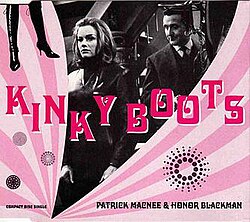
The word Kink comes originally from a nautical term, from the Dutch kink “twist in a rope.” The word kinky use as a the word to describe fetishistic activity can be traced to the beginning of the 60’s when it refered to perverted sexual activity. The English novelist, Colin MacInnes referenced it it in his 1959 novel, Absolute Beginners.
As an adjective, it became used frequently to describe the thigh-high leather boots used by dominatrixes in sado-masochistic games. Thus the phrase “kinky boots” entered the lexicon – and the world of the Avengers. In the original episodes, Honor Blackman played the role of Cathy Gale, who, like Emma Peel, was a “femme fatale” figure and dressed in boots.
In February 1964, Decca released “Kinky Boots” as a single, performed by Patrick Macnee and Honor Blackman. Neither Macnee nor Blackman were able to sing, but the record was conceived as a piece of novelty merchandise to promote The Avengers television series, referring to the boots worn by Blackman’s character in the series, Cathy Gale.[1][2]
The song was not initially a hit, but it was re-released in 1990 amid a Swinging Sixties retro revival craze. “Kinky Boots” reached the top ten of the British Singles Chart in December of that year, after the song was promoted by BBC Radio One DJ Simon Mayo.
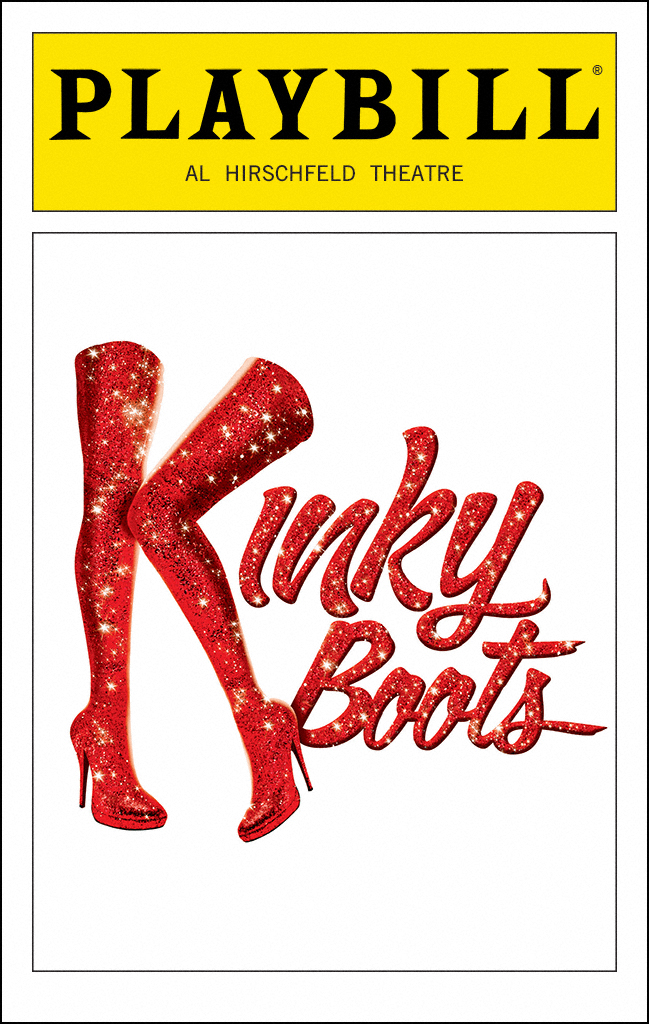
Kinky Boots is a musical with music and lyrics by Cyndi Lauper and book by Harvey Fierstein.
Based on the 2005 British film Kinky Boots, written by Geoff Deane and Tim Firth and mostly inspired by true events, the musical tells the story of Charlie Price. Having inherited a shoe factory from his father, Charlie forms an unlikely partnership with cabaret performer and drag queen Lola to produce a line of high-heeled boots and save the business. In the process, Charlie and Lola discover that they are not so different after all.
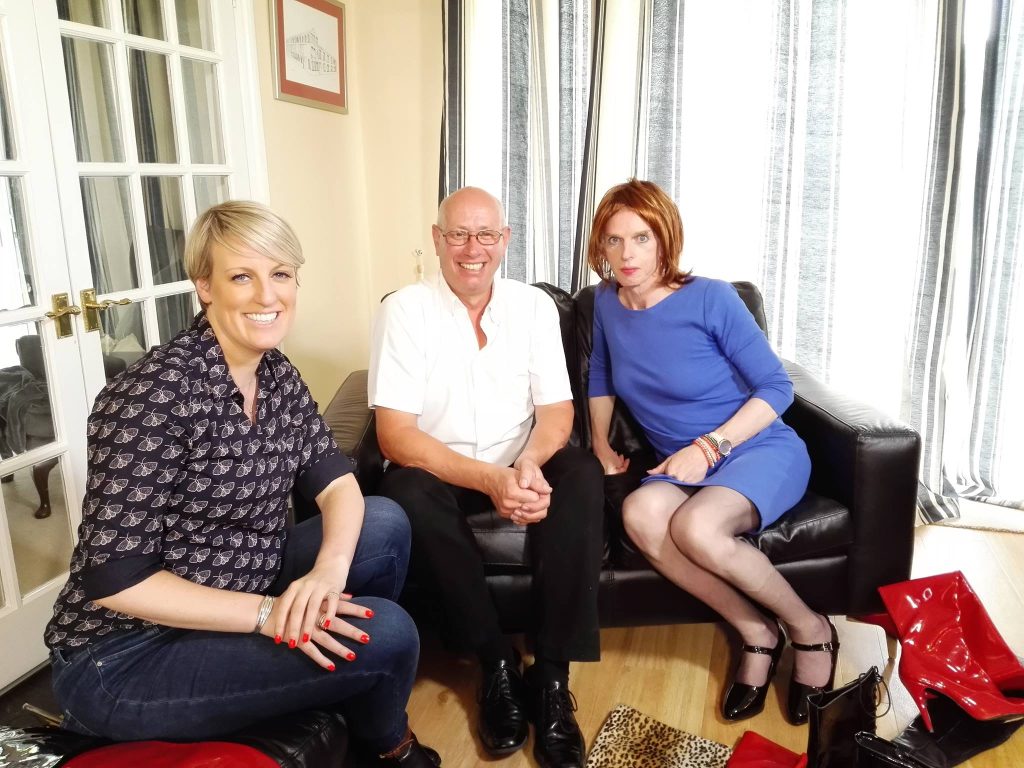
TV Filming by the BBC telling the true story behind Kinky Boots film and musical. Filmed in a July heatwave in Steve Patemans Earl Barton home. On the left welcome known TV personality Steph McGovernt in the middle Steve Pateman and othe right Sue Sheppard.
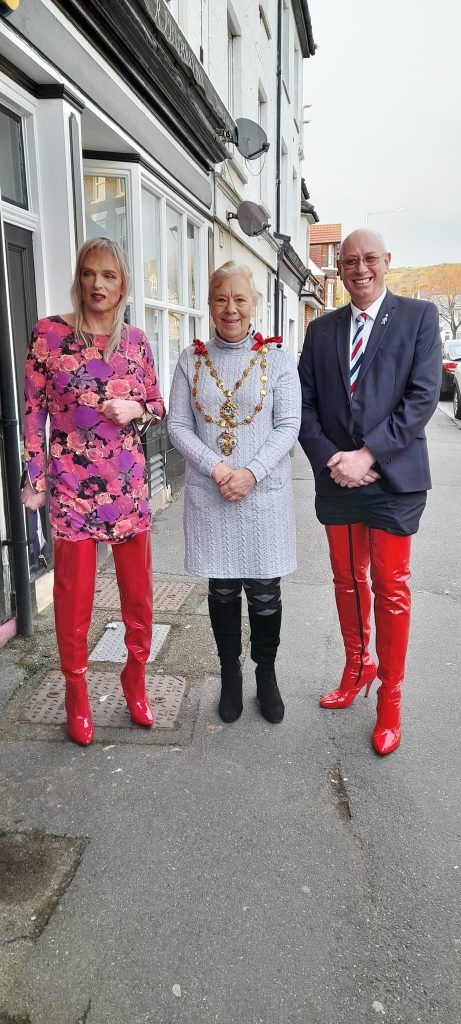
Celebrating Lacies Folkestone and the Kinky Boots connection. A blue plaque was unveiled by Folkestone Mayor, Nicola Keen centre with “the real Kinky Boots factory owner” Steve Pateman right and the “real life Lola” Sue Sheppard who is also owner of Lacies fantasyshopping.

Buy the book. Here at Lacies we still have copies of Steve Pateman Biography.
Boss in Boots | The Book, a true British story.
From a small factory in Earls Barton, in Northamptonshire, England to Broadway, New York, USA; this is a story that has inspired so many – the true story behind ‘KINKY BOOTS’.
This is the story that inspired the Golden Globe award-winning movie and the multi-Tony Award winning Broadway musical, both based on the hugely successful BBC2 TV Documentary ‘Trouble At The Top’.
Follow Steve’s story as he enters a world he didn’t know existed. Learning to walk in six-inch stiletto heels and shaving his legs are just two of the things Steve had to do to help save his business.
Laugh with him, or at him! Cringe or smile. Steve’s journey has changed his outlook on life as it has also changed the lives of millions around the world.

Pleaser Footwear
Pleaser USA, Inc., founded in 1993, started out as an importer and distributor of urban fashion footwear. Over the years, it has evolved into a specialty footwear powerhouse serving exclusively the needs of various alternative lifestyles. At Pleaser USA, Inc., strives to satisfy consumers’ demand for extraordinary and unconventional footwear while incorporating quality, innovation, and diversity into every aspect of our products and services.With a customer base spanning over 110 countries, eight distinctive footwear brands: PLEASER, DEMONIA, FABULICIOUS, FUNTASMA, PIN UP COUTURE, PLEASER PINK LABEL, DEVIOUS and BORDELLO – which encompass a vast collection of footwear featuring sexy, glam, retro, rockabilly, fetish, gothic, punk, and renaissance, and a commitment to total customer satisfaction and reliable on-time delivery, Pleaser USA, Inc. has positioned itself as a premier global manufacturer of sexy and alternative footwear. |

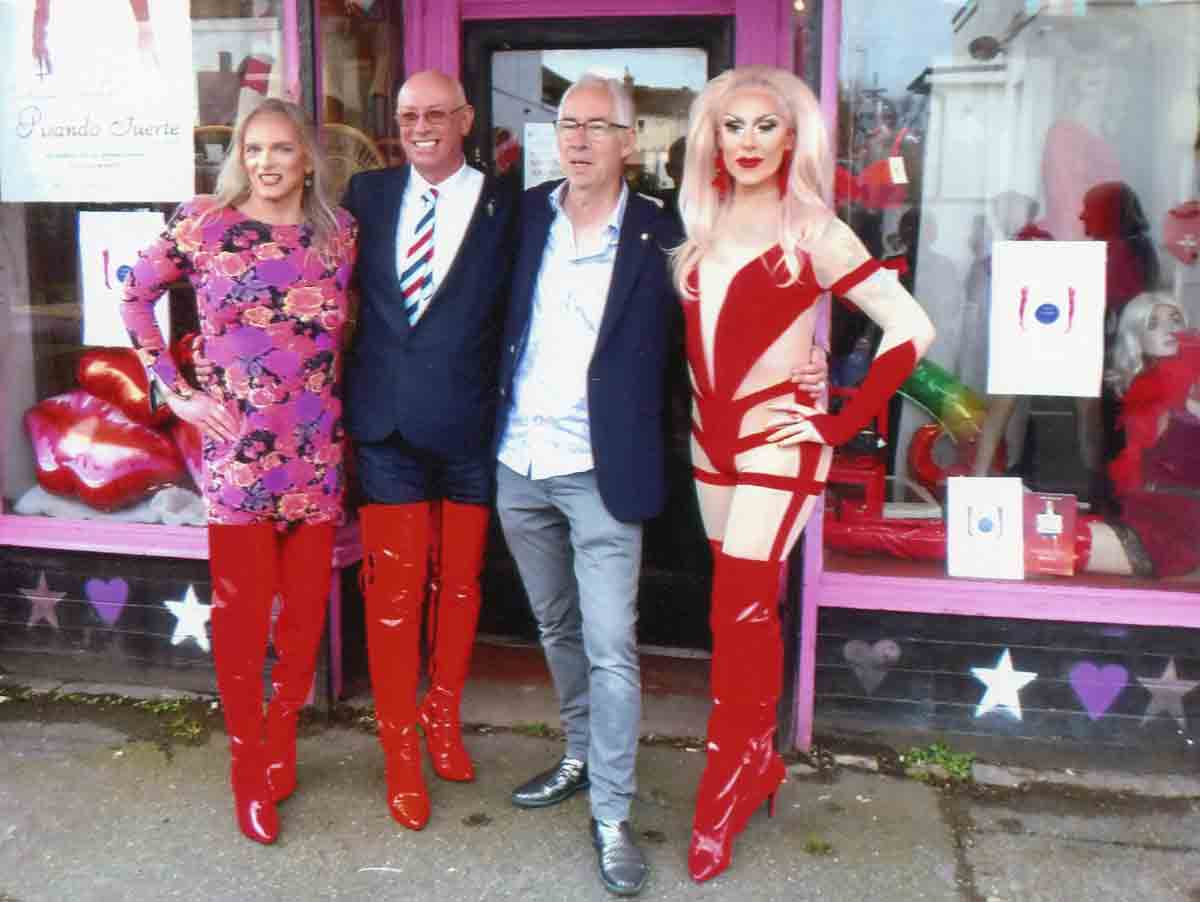
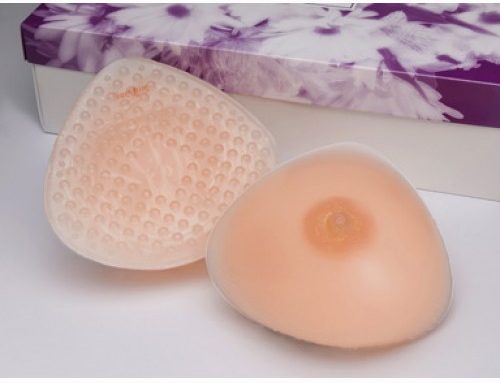



Leave A Comment